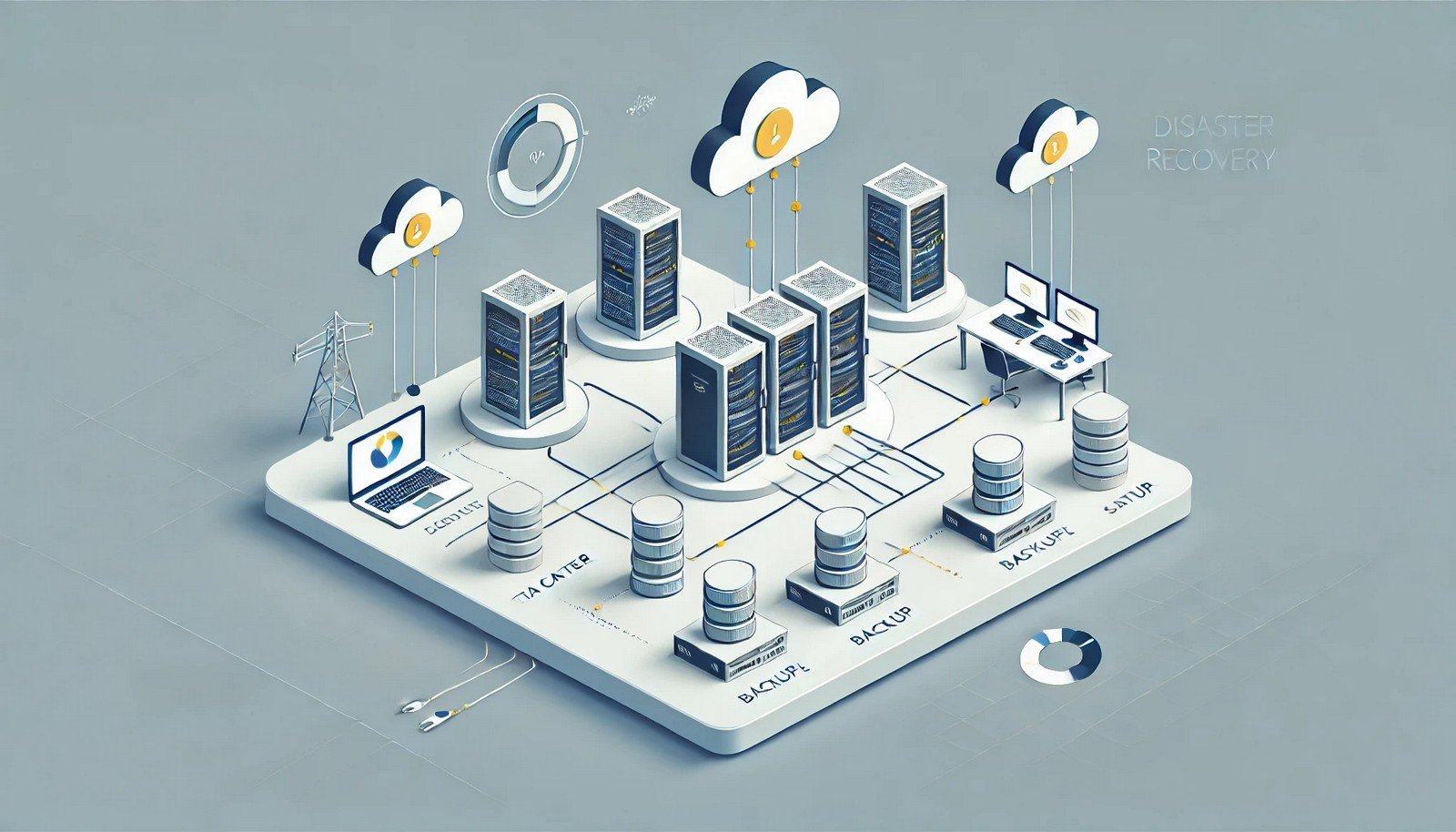Disaster Recovery Sites
 (Representational Image | Source: Dall-E)
(Representational Image | Source: Dall-E)
Quick Navigation:
- Disaster Recovery Sites Definition
- Disaster Recovery Sites Explained Easy
- Disaster Recovery Sites Origin
- Disaster Recovery Sites Etymology
- Disaster Recovery Sites Usage Trends
- Disaster Recovery Sites Usage
- Disaster Recovery Sites Examples in Context
- Disaster Recovery Sites FAQ
- Disaster Recovery Sites Related Words
Disaster Recovery Sites Definition
Disaster Recovery Sites are backup locations that organizations use to restore critical IT infrastructure and operations in the event of a disaster, such as cyberattacks, power outages, or natural calamities. These sites ensure business continuity by housing redundant systems, data backups, and failover mechanisms.
Disaster Recovery Sites Explained Easy
Imagine your school has an extra classroom ready in case the main one is damaged. This backup classroom has some desks and supplies, but you might need to bring extra books and equipment before using it. Disaster recovery sites work the same way—businesses set up backup locations so they can keep working even if something bad happens to their main office.
Disaster Recovery Sites Origin
The concept of disaster recovery sites emerged in the late 20th century as businesses became increasingly reliant on computer systems. Early implementations focused on backup tapes and secondary data centers.
Disaster Recovery Sites Etymology
The term "disaster recovery" comes from the idea of recovering operations after a catastrophic event, while "site" refers to the physical or virtual location where this recovery takes place.
Disaster Recovery Sites Usage Trends
With growing cybersecurity threats, stricter data regulations, and increased reliance on cloud computing, disaster recovery sites have become essential for businesses worldwide.
Disaster Recovery Sites Usage
- Formal/Technical Tagging: Business Continuity, IT Infrastructure, Disaster Recovery Planning
- Typical Collocations: "disaster recovery plan," "hot site backup," "failover site setup," "disaster recovery testing"
Disaster Recovery Sites Examples in Context
- A financial institution uses a hot site to ensure seamless banking operations in case of a cyberattack.
- A hospital maintains a warm disaster recovery site to quickly restore electronic medical records after a power failure.
- An e-commerce company relies on a cloud-based disaster recovery site to minimize downtime during server failures.
Disaster Recovery Sites FAQ
- What is a disaster recovery site? A backup location where businesses restore IT operations after a disruption.
- What are the types of disaster recovery sites? Hot sites, warm sites, and cold sites.
- How does a disaster recovery site work? Provides a failover environment for business continuity.
- What is the difference between a data center and a disaster recovery site? A data center hosts live operations, while a disaster recovery site is a backup.
- Why are hot sites more expensive? They require continuous maintenance and real-time synchronization.
- What is DRaaS? Cloud-based Disaster Recovery as a Service.
- How often should disaster recovery sites be tested? Quarterly or annually.
- What role does cloud computing play? Enables scalable and cost-effective disaster recovery.
- Which industries rely most on disaster recovery sites? Finance, healthcare, and government sectors.
- Can small businesses afford disaster recovery sites? Yes, via cloud-based solutions.
Disaster Recovery Sites Related Words
- Categories/Topics: Business Continuity Planning, Cloud Computing, Cybersecurity
Did you know? In 2012, Hurricane Sandy caused massive data center outages. Companies with disaster recovery sites quickly restored services, while others suffered prolonged downtime, costing millions in lost revenue.
PicDictionary.com is an online dictionary in pictures. If you have questions or suggestions, please reach out to us on WhatsApp or Twitter.Authors | Arjun Vishnu | @ArjunAndVishnu

I am Vishnu. I like AI, Linux, Single Board Computers, and Cloud Computing. I create the web & video content, and I also write for popular websites.
My younger brother, Arjun handles image & video editing. Together, we run a YouTube Channel that's focused on reviewing gadgets and explaining technology.



Comments powered by CComment